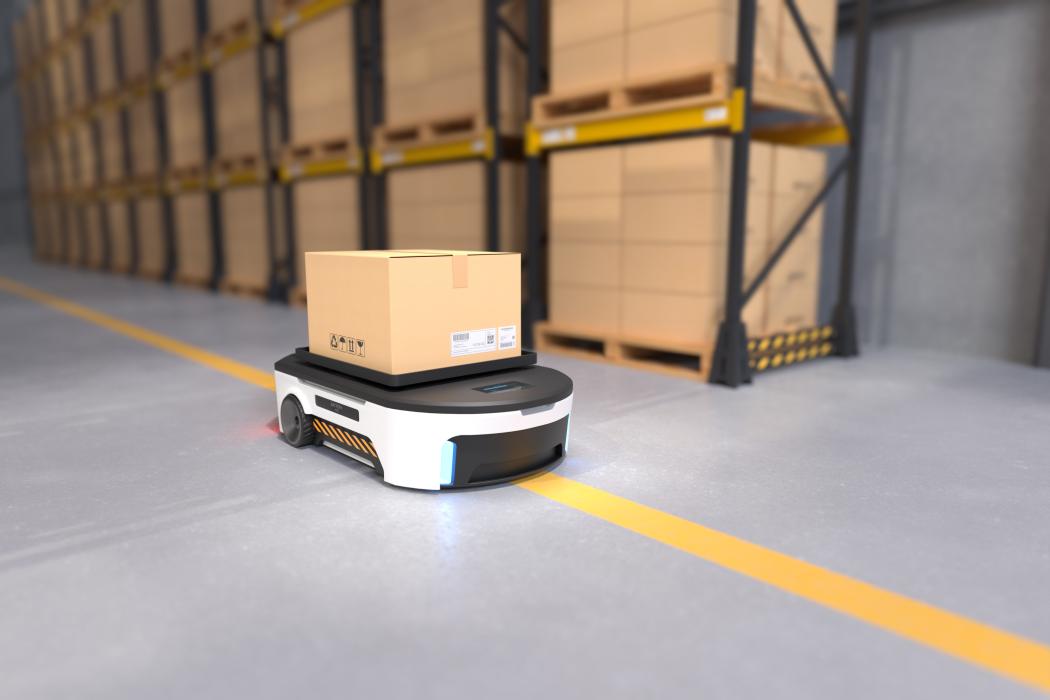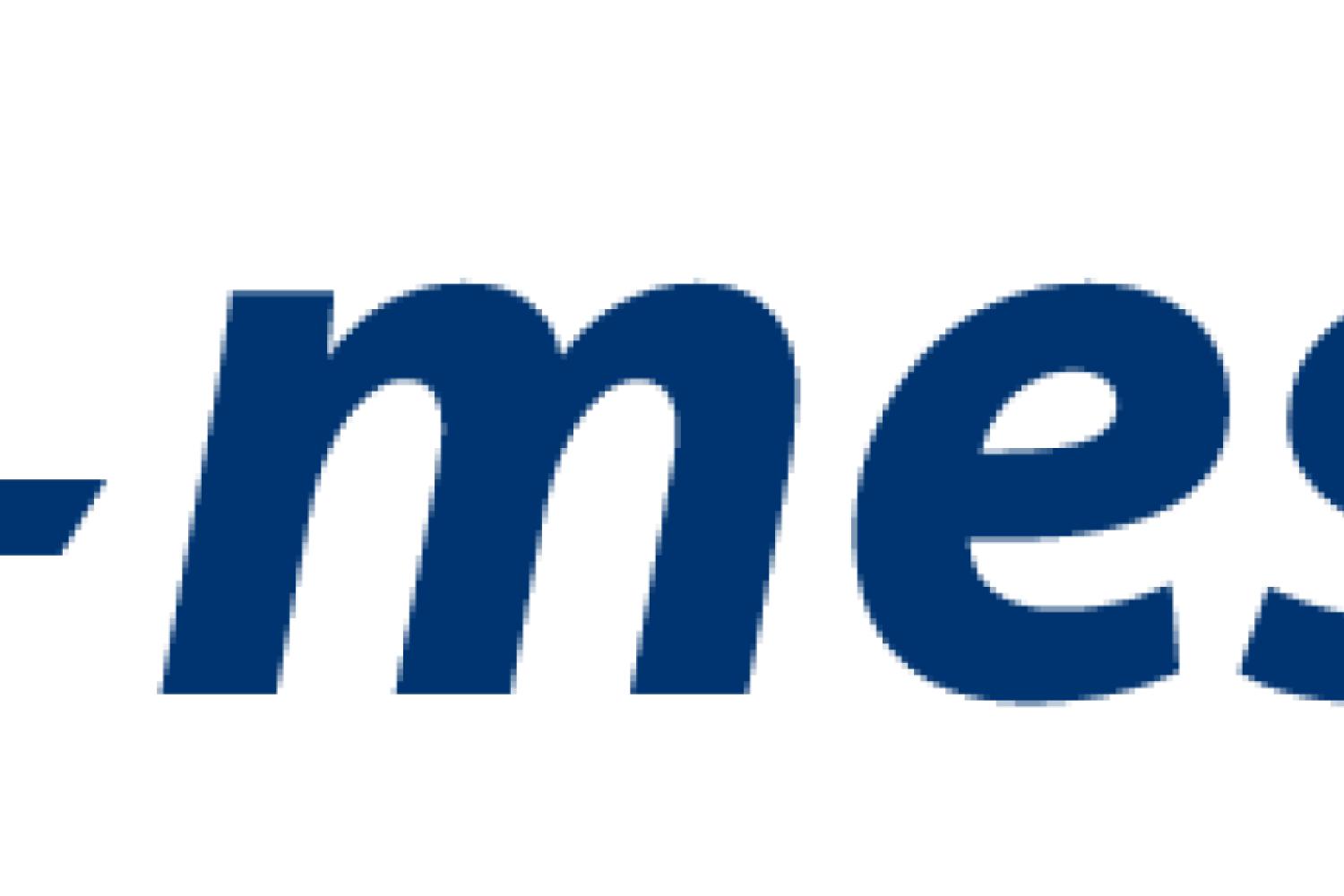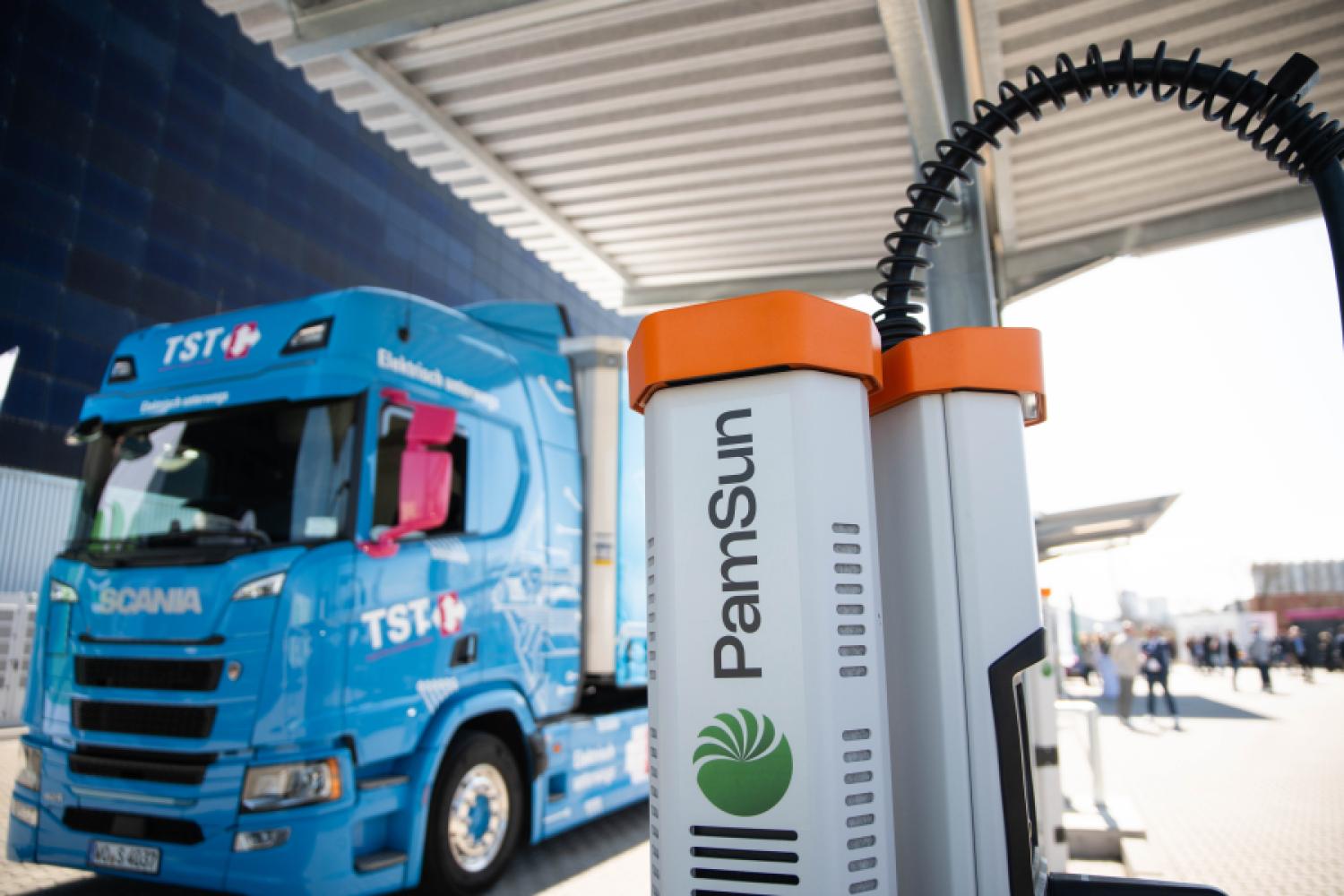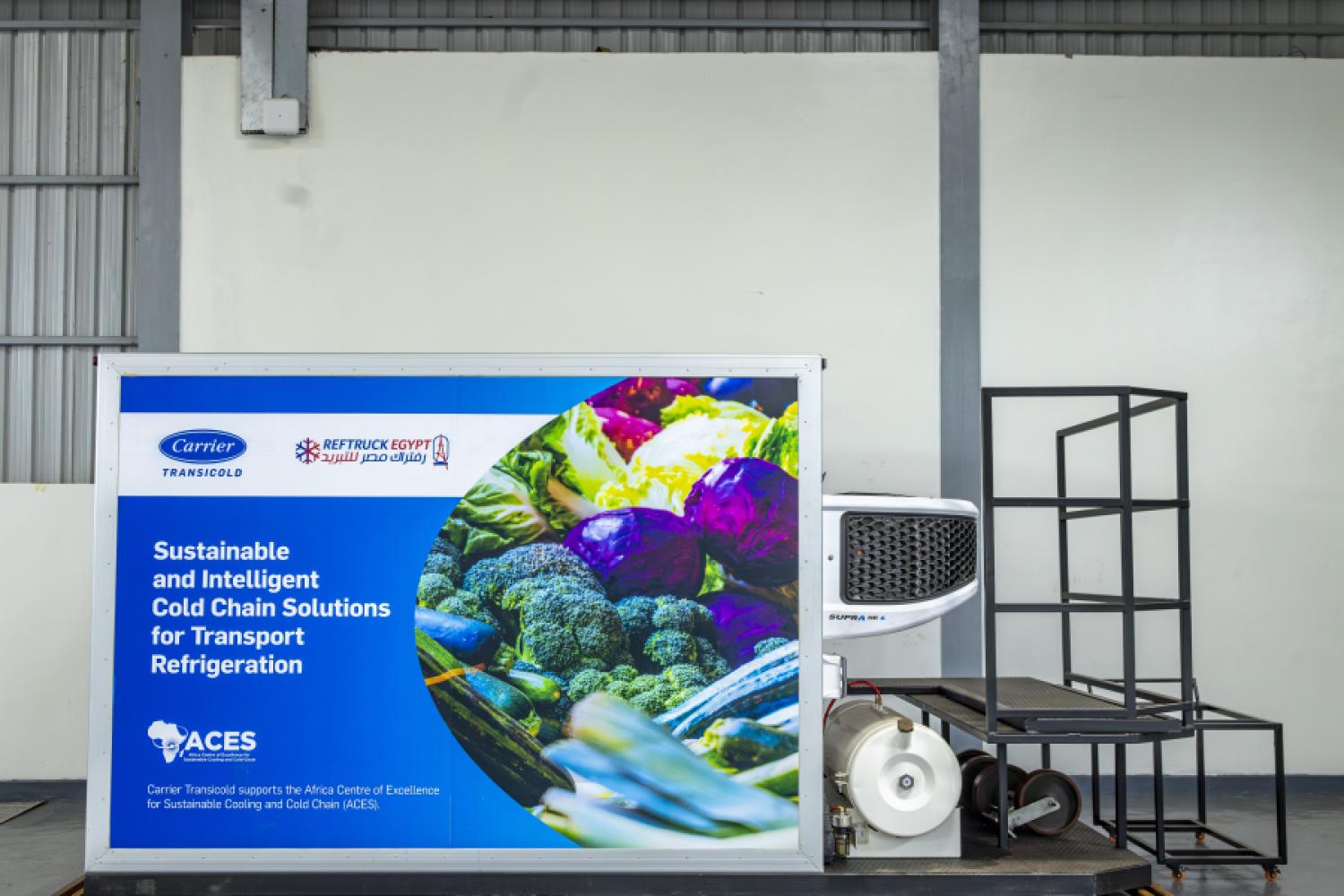With EU Regulation 2024/1689, also called the "AI Act," Europe is introducing uniform requirements for artificial intelligence (AI) for the first time, based on the risk of the respective application. For systems with low risk, there are no statutory testing obligations.
Nevertheless, the need for orientation and trust-building is growing.
"Many companies already want to take responsibility today and have their AI systems voluntarily assessed, even if they are
not required to do so," said Benedikt Pulver, Head of the Machine Safety Department at Tüv Süd. "Our new test mark makes this visible—comprehensible, structured, and based on technical criteria."
The new Tüv Süd test mark is intended to provide professional customers with an objective assessment basis while also appealing to end users, such as in automated building functions or robotics applications in trade or logistics.
The basis is
application-specific testing programs that consider, for example, energy efficiency, robustness, data processing, and functional safety. A concrete example is autonomous mobile robots that coordinate with each other within factory halls to optimize routes. Such systems are considered "Low Risk" according to the AI Act—the new Tüv Süd test mark confirms that they have been assessed according to comprehensible standards.
The test mark is part of a modular concept that
also considers future developments, such as a voluntary self-commitment by manufacturers according to Article 69 AI Act.
"We believe that trust in AI is not created through regulation alone," continued Benedikt Pulver. "Voluntary certifications send a strong signal for quality and responsibility—especially where there are (as yet) no regulations."
The test mark is available in German and English and can also be supplemented with additional consumer information upon request.






